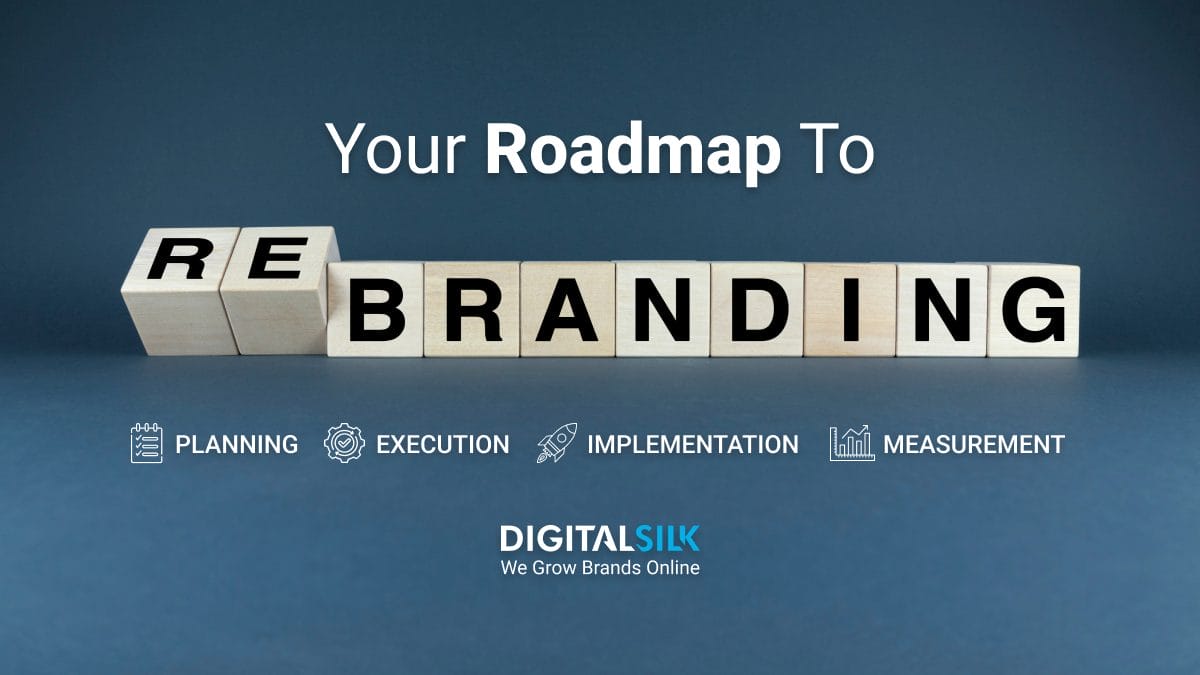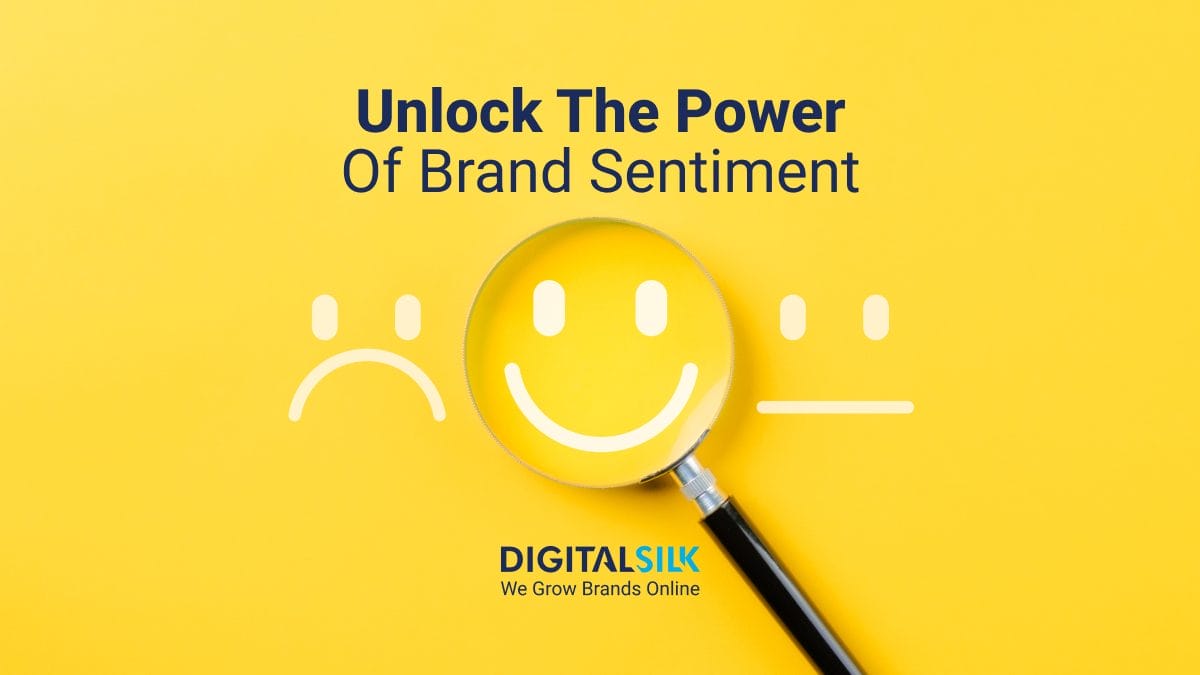The marketing rule of seven dictates that a potential customer will encounter a brand seven times before making a purchase.
Each of these points of contact plays an important role in shaping how your business is viewed, remembered and eventually chosen by your target audience.
By managing your brand touchpoints, your business can influence not only sales but also brand loyalty and reputation.
Below, we list common examples of brand touchpoints before outlining 10 reasons why brand touchpoint management is important for your business.
Finally, we outline a step-by-step guide to building your brand strategy across touchpoints.
We create custom brand strategies. Request A Quote
What Are Brand Touchpoints?
Brand touchpoints refer to any point of contact between your brand and a person.
These can include a website, billboard, social media post, customer service interaction or purchase confirmation email.
Brand touchpoints not only relate to existing customers but to anyone who encounters your brand.
In turn, while it’s important to prioritize certain touchpoints that can lead to direct sales, your brand strategy shouldn’t discount touchpoints that can raise brand awareness and recognition.
#1. According to a well-known marketing rule, how many touchpoints does it take before a potential customer makes a purchase?
Results
Congratulations, you know your stuff!
Looking to improve your brand’s touchpoint management strategy? Contact our experts today.
Better luck next time.
Looking to improve your brand’s touchpoint management strategy? Contact our experts today.
Common Examples Of Brand Touchpoints
Whether building towards an initial purchase or boosting brand loyalty for repeat purchases, here are some examples of common brand touchpoints to consider utilizing for your brand:
- Pre-purchase brand touchpoints:
- Advertising: TV ads, radio ads, google search ads
- Social media: TikTok, Instagram, X
- Website and online presence: Landing pages and blogs, product pages, whitepapers
- Word of mouth: Social media reviews, influencer marketing, referral marketing
- Purchase brand touchpoints:
- Packaging: Brand designs and logos on products, product information, unboxing experience
- Welcome kit: Product manual, thank-you card, promotional materials, brand samples
- Point-of-sale: Physical store or location, e-store or online environment
- Sales employees: Sales-reps, chatbots
- Post-purchase brand touchpoints:
- Loyalty programs: Loyalty cards, exclusive discounts, VIP Events
- Customer service: Live chat support, toll-free hotline, email support
- Surveys for product feedback: Post-purchase surveys, in-app feedback forms, website feedback widgets
- Billing actions: Subscription renewal notifications, personalized invoices, payment confirmation emails
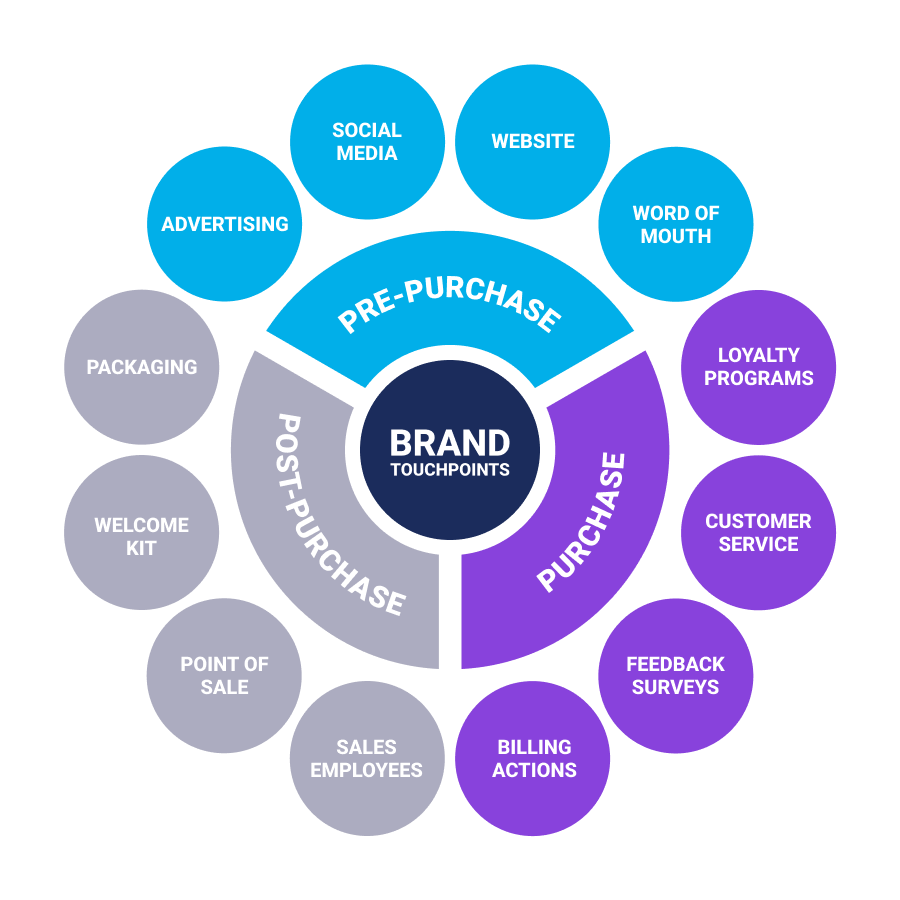
Why Is Touchpoint Management Important?
Every potential interaction with your business has an impact on your relationship with your target audience.
Here are 10 reasons why touchpoint management is an important element to include in your brand strategy:
1. Delivers Consistency
Touchpoint management ensures every interaction with your brand feels the same for your audience.
Knowing what to expect from your brand instills confidence and trust in your customers, reinforcing brand recognition, sales and loyalty.
This is highlighted by the fact 68% of brands say consistency has contributed to revenue growth of 10% or more.
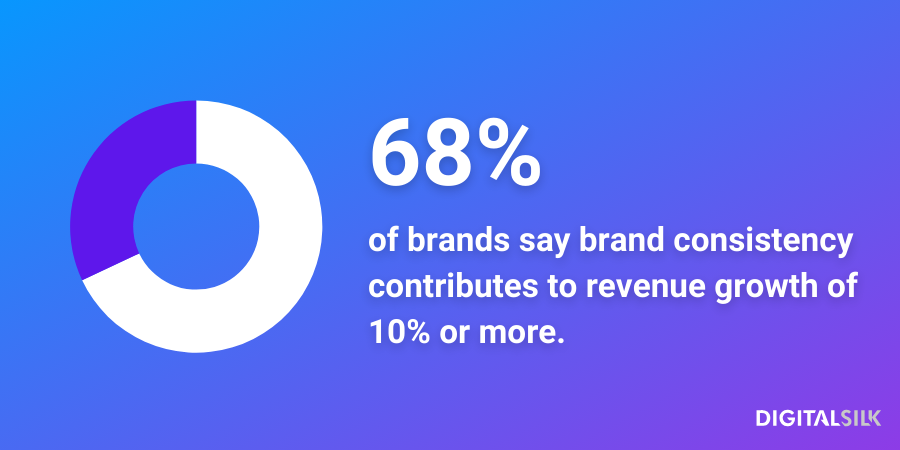
2. Increases Customer Engagement
Managing which touchpoints your brand prioritizes can boost customer engagement, leading to higher conversions and greater conversation around your business.
For example, global engagement leaders report that at least 82% of their customer engagement is digital.
Your brand can create compelling narratives and personalized communications across online channels, like socials or newsletters, to foster greater customer engagement and guide your target audience towards conversion.
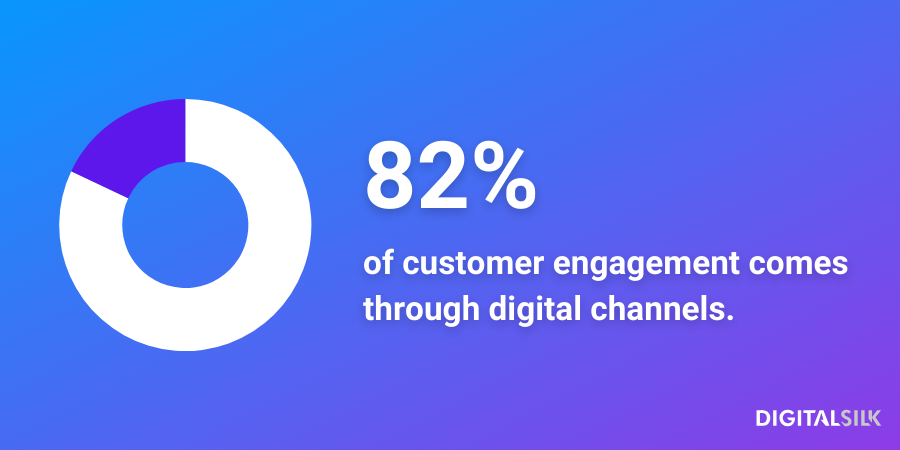
3. Drives Differentiation
Every point of contact with your target audience is an opportunity to stand out from the crowd.
By controlling the number of touchpoints your brand has with your customers and the experience customers have when they encounter your brand, you can reinforce your visual identity while communicating your unique value propositions (UVPs) and values.
Considering that 73% of Gen Z shoppers worldwide buy and advocate based on values alone, establishing and showcasing unique values can drive sales and brand loyalty with a growing audience.
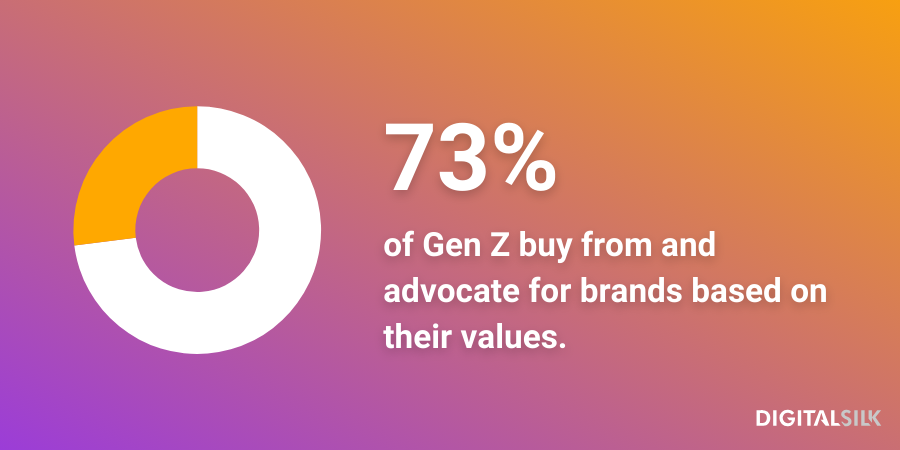
4. Defines & Crafts Brand Experience
Both increasing your number and tracking the experiences of your brand touchpoints can help improve your overall brand experience.
42% of businesses say that connecting customer data across channels and sources is a top challenge in understanding customer needs.
Connect your touchpoints through data tools or regular customer feedback sessions. This way, you can see what your customers want from your brand and craft a cohesive brand experience that meets these desires.
Meanwhile, 49% of global businesses aim to provide additional communication channels to improve customer experiences.
By developing meaningful brand interactions that evoke specific emotions and perceptions across multiple channels, you can improve your brand’s ability to leave a lasting impression on your customers.
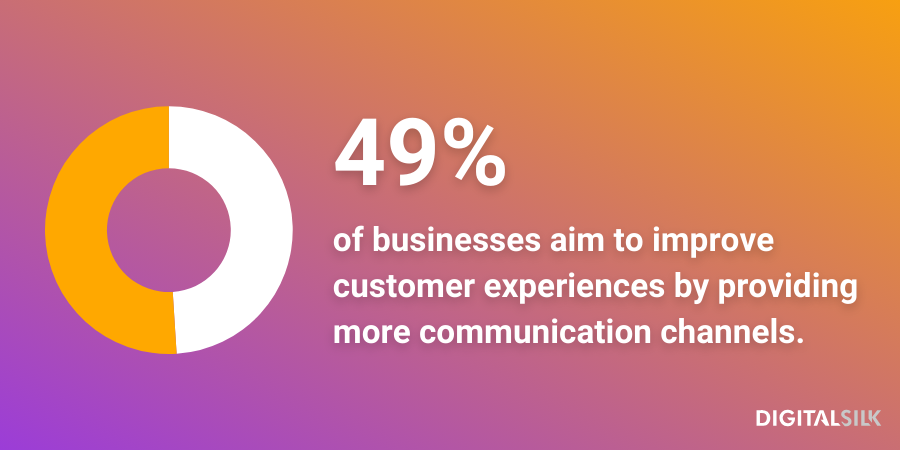
5. Creates Efficiency
Connecting your touchpoints can create efficiency and harmony in how your brand interacts with your audience.
This can be achieved by sharing central data and tracking the journeys your customers have made to reach the brand touchpoint they are at, before altering your messaging and interactions accordingly.
For example, a customer making a repeat purchase may not need to be informed about your brand mission and vision but would find information about loyalty schemes and discounts useful.
Your aim should be to move your customers beyond brand awareness and deeper along your conversion funnel, resulting in more conversions.
6. Encourages Brand Advocacy
Interacting with your customers across touchpoints gets them talking about your brand as they feel involved in your actions and mission.
Take budget airline Ryanair, for example. Primarily on X, the brand constantly interacts with other social media users. By staying involved with the latest trends and reacting to customer comments, Ryanair creates a memorable brand personality.
Whether sharing, engaging or passing your message on through word-of-mouth, this amplifies your brand reach and credibility, driving organic growth and customer acquisition.
Moreover, 88% of people globally trust recommendations from people they know, making your brand advocates all the more important.
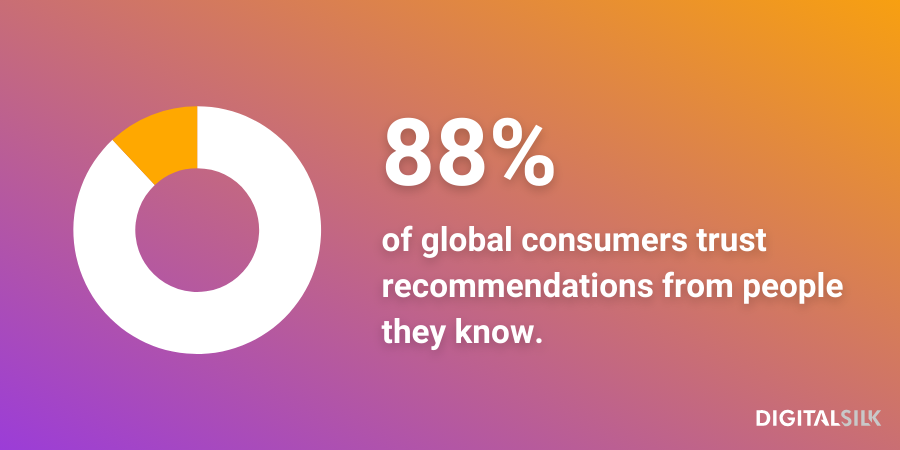
7. Builds Brand Equity
Brand equity refers to the social worth of your business’ name.
By nurturing relationships, fostering trust and exceeding expectations at every touchpoint, you increase your business’ brand value and return-on-investment (ROI).
Specifically, manage how your brand is viewed across touchpoints by collecting customer feedback, ensuring consistent, on-brand messaging and delivering high-quality customer experiences at every stage of the customer journey.
This also helps to position your brand as a problem solver for your target audience, building customer acquisition and loyalty in the long run.
8. Encourages Customer Dialogue
Keeping an eye on your brand touchpoints lets you hear what customers are discussing, meaning you can proactively engage with them in an open communication and dialogue.
By actively listening to feedback, addressing concerns and soliciting input from customers, you can gain valuable insights into your consumers’ preferences and needs, driving continuous improvement and innovation.
The end result?
Deeper relationships and brand loyalty.
9. Boosts Brand Credibility & Reputation
Credibility and reputation revolve around earning people’s trust and making sure they see you as a reliable business.
When you do what you say you’re going to do and treat your customers well, your reputation grows and more people want to do business with you.
One avenue this is executed is through online reviews. As of 2024, 77% of consumers use at least two review platforms when researching a local business.
By delivering a high-quality experience across touchpoints and focusing on gathering reviews, you can display your business’ credibility online to influence future customer decisions.
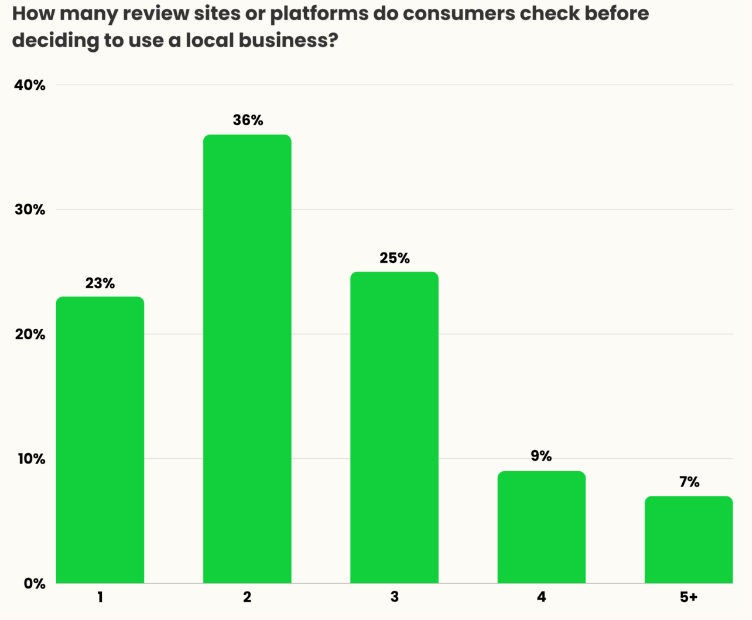
10. Creates Long-Term Relationships
Brand touchpoint management helps build meaningful relationships with your customers that go beyond singular transactions.
By consistently delivering personalized experiences and interactions, you can cultivate lasting connections that drive repeat purchases, advocacy and lifetime customer value.
We deliver end-to-end branding services. Schedule A Consultation
How To Build A Successful Brand Strategy Across Touchpoints
Managing the experience and encounters customers have across all your brand touchpoints crucial for any brand strategy.
Here’s a step-by-step guide of how to build a brand strategy that successfully considers your brand touchpoints:
Step 1. Outline Your Goals & Values
Defining your company goals, value and mission provides clarity and direction for your brand touchpoint strategy.
The first step is to ask questions that address your current strategy and future goals.
Consider questions like:
- Why do I need a brand strategy that considers my brand touchpoints?
- What isn’t working with the current strategy?
- What do I want to achieve or change with the new strategy?
Next, make a note of two core statements that will act as a North Star to guide your brand activities:
- Mission statement: No more than a sentence or two about what you set out to do every day. Share this across touchpoints like your website or social media profiles so customers can learn about your business and connect with your values.
- Vision statement: A quick reminder of your goals and where you want your business to be in the future. Keep it visible in your brand guidelines to ensure all materials shared across your touchpoints support your vision.
Step 2. Research Your Industry & Competition
Understanding the touchpoints your competition relies on and where there are potential gaps in your industry can help you find a unique market position for your brand.
Visit your competitors’ websites, social media channels, physical stores and so on to learn:
- What they are saying
- How they are reaching customers
- Where they are driving consumer engagement and connections
Combine this research with wider industry insights, such as trending communication channels or styles, to shape your customer-interaction strategy and the touchpoints you choose to prioritize.
Step 3. Segment Your Audience
Audience segmentation helps you tailor your marketing efforts to specific groups of people with similar needs and preferences.
It helps you create more targeted and effective messaging that resonates with customers at various stages of your conversion funnel.
This will boost your chances of capturing new customers through certain touchpoints and retaining existing customers through others.
Group your existing or target customers by factors such as:
- Age
- Gender
- Interests
- Buying habits
- Location
Next, use this information to create detailed user personas that represent each of your audience segments.
These personas will help you to better understand demographic and psychographic information and user behavior – in other words, what your audience values and prioritizes in their decision-making process.
One way to create an instant user persona is to utilize artificial intelligence (AI). See how we generated a detailed buyer persona in seconds on ChatGPT in our blog below:
Step 4. Define Your Brand Position & UVPs
Your brand position and UVPs help customers understand why they should choose you over other options in the market.
Both your position and the value your brand provides your customers can shape the way you communicate across your brand touchpoints.
For example, if you see your brand as an industry thought leader you can choose to inform your audience on materials such as whitepapers or podcasts. Meanwhile, if your brand is an industry innovator, upcoming technologies like virtual reality or augmented reality may work better at highlighting your UVPs.
Answer the following questions and keep your responses in mind when shaping the experiences customers have when they encounter your brand:
- What sets you apart from your competitors?
- What problem your products or services solve for your customers?
- How does your brand meet your audience’s needs?
Step 5. Establish Your Brand Personality & Voice
Your brand personality and tone of voice shape how customers perceive and connect with your business.
Use tools and methods like mood boards, brand personality quizzes and brainstorming sessions with your team to help define your brand personality.
In turn, make sure to uphold this personality through your choice of language, vocabulary and the actions you take across all brand touchpoints.
This way, you can humanize your brand and create a real personality that resonates with that of your target audience.
Step 6. Craft On-Brand Messaging
Your messaging is a core element of your brand touchpoint strategy.
At its base, your messaging should match your business’ values, tone, mission and vision to cultivate a consistent brand image.
However, your messaging should also adapt to the audience segment you are targeting and the touchpoint that is enabling the interaction.
For example, you may use high-level messaging aimed at capturing attention and boosting brand awareness on pre-purchase touchpoints like TV ads.
Meanwhile, your post-purchase touchpoints, like email confirmations, can lean on personalized communication techniques, such as addressing to first names, to build a stronger relationship and produce repeat purchases.
Step 7. Align Your Strategy With Your Marketing Material
Consistency across marketing materials ensures a cohesive brand experience for your customers. It reinforces your brand identity and strengthens brand recall, helping to build trust and credibility over time.
Use a brand book or style guidelines to ensure your marketing collateral represents your brand identity across channels.
Make sure your content and visuals match your brand’s key message by focusing on their:
- Style and colors
- Language and vocabulary
- Typography and messaging hierarchy
Step 8. Launch & Improve Across Touchpoints
Continuous scrutiny of your approach to your customer experience across touchpoints allows you to refine your approach based on real-world feedback. It also helps you adapt to changing customer needs and market conditions.
When you launch a new campaign or adjust the way customers encounter your brand on a digital channel or physical touchpoint, pay close attention to your target audience’s reaction.
To do this, you can:
- Monitor social media mentions
- Read online reviews
- Conduct customer feedback surveys
Monitoring your brand’s performance across touchpoints is also possible by using tools like Google Analytics to track trends in customer behaviors.
Whether primary or secondary, qualitative or quantitative, collect and implement your data to make informed decisions that can improve your brand touchpoints strategy.
We create custom brand strategies. Request a Quote
Create A Superior Brand Strategy With Digital Silk
Your brand touchpoints are a crucial part of your wider brand strategy.
By considering how to shape the interactions consumers have with your business, your brand strategy can help dictate wider brand associations, drive sales and create long-lasting brand loyalty.
However, building, scaling and maintaining your brand across touchpoints takes expertise and experience.
That’s where we at Digital Silk come in.
Our branding team is made of specialist strategists and award-winning designers. We use a mix of data-driven research, tried-and-tested techniques and creative designs to grow your brand across touchpoints.
As a full-service branding and web design company, we deliver a range of services in-house, including:
- Brand strategy
- Brand design
- Digital branding
- Custom web design and development
- Digital marketing
When working with you, we make sure to prioritize three core values:
- Project ownership
- Transparency
- Results
Looking to build a successful brand strategy that increases the touchpoints between your business and target audience?
Contact our experts, call us at (800) 206-9413 or fill in the Request a Quote form below to tell us about your brand and receive a custom consultation.
"*" indicates required fields










